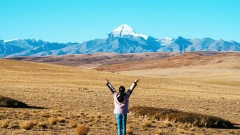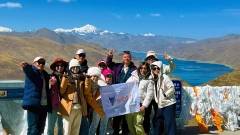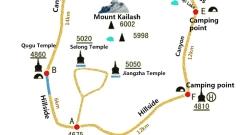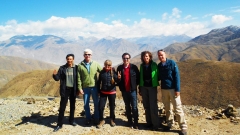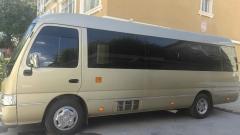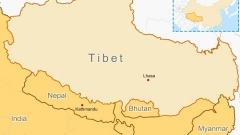Dreaming of a trip to Tibet, but worried you’re too old? Wondering if your kids are too young to handle the altitude? Many travelers planning a journey to Tibet often ask the same question:
“Is there an age limit for traveling to Tibet?”
This article provides a detailed explanation of the recommended age ranges, groups advised against traveling to high altitudes, and health and safety precautions. Whether you’re planning to bring children, accompany elderly parents, or visit for the first time, this guide will help you assess whether you’re ready for a safe and rewarding journey to the plateau.
Is There an Official Age Restriction for Traveling to Tibet?
Currently, there is no official national law in China that prohibits people of a certain age from entering Tibet. In theory, people of all ages can travel to the region.
However!
Tibet is located on the Qinghai-Tibet Plateau, with an average altitude of around 4,000 meters. The oxygen content in the air is only about 60% of that at sea level, which poses physiological challenges. As a result, travel agencies, doctors, and local tourism operators usually recommend the following age range based on experience:
Recommended age range: 6 to 65 years old
Who Is Advised Not to Travel to Tibet? (Age-Related Groups)
While there’s no strict ban, the following age groups are not recommended to visit Tibet due to health risks:
1.Seniors over 70
As age increases, cardiovascular and respiratory function tends to decline, reducing the ability to adapt to high altitudes.
Many insurance companies either won’t cover travelers over 70 visiting Tibet or will charge very high premiums.
High-altitude areas like Mount Everest Base Camp or Namtso Lake (around 5,000m) pose higher risks for the elderly.
2.Children under 3
Infants and toddlers have underdeveloped bodies and limited ability to regulate oxygen levels or express discomfort.
High-altitude hypoxia may pose developmental risks for young children.
3.Individuals with chronic or serious health conditions
This includes patients with severe anemia, coronary heart disease, hypertension, chronic respiratory diseases (such as asthma and chronic bronchitis), epilepsy, and renal failure.
Reminder: If these individuals must travel to Tibet, they must undergo a detailed medical examination and seek professional medical advice in advance to avoid taking risks.
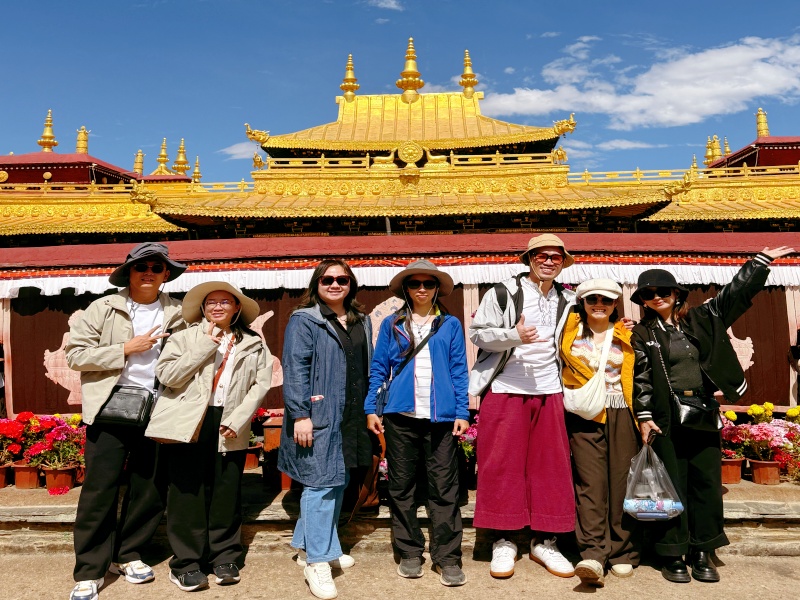
Tourists at Tashilhunpo Monastery
Age Isn’t Everything — Health Is Key
Age is only one factor. In truth, your physical health and fitness are far more critical.
A healthy 60-year-old who exercises regularly and has mountain experience may be better suited to high-altitude travel than a 20-year-old who smokes, stays up late, and rarely exercises.
Recommended health checks before visiting Tibet:
- Blood pressure
- ECG (electrocardiogram)
- Blood oxygen levels
- Lung function test
Also prepare:
- High-altitude medication (e.g., Rhodiola, glucose tablets, inosine)
- Travel insurance that includes plateau coverage
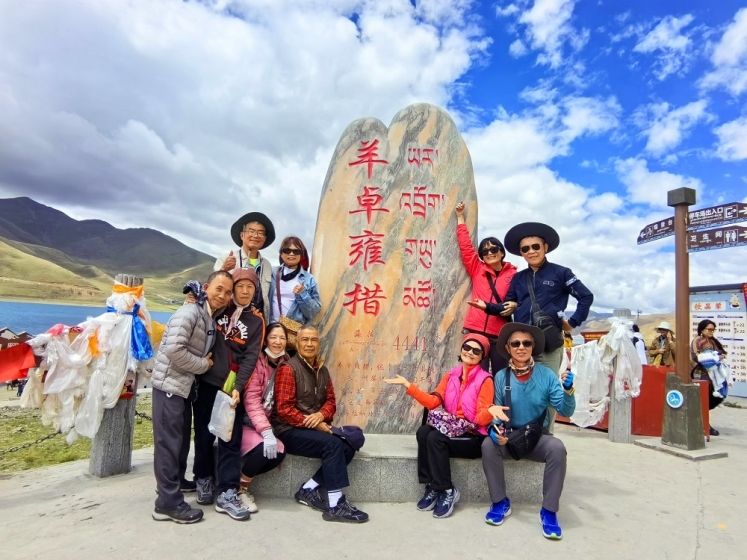
Recommended tourist routes
11-Day Ngari Discovery Tibet Tour: Kailash, Lake Manasarovar, Lhasa, Everest, Yamdrok Lake & More
Can Children Travel to Tibet?
Many parents hope to bring their kids to experience Tibet’s stunning landscapes. But is it suitable?
Generally, children over 6 years old in good health—with no respiratory illnesses, colds, or fevers—can travel to Tibet safely.
Precautions:
- Start from lower-altitude areas like Lhasa before moving on to places like Mount Everest Base Camp.
- Keep the itinerary light and flexible.
- Avoid intense activity and prolonged cold exposure.
- Ensure hydration and rest. Watch for changes in the child’s energy, mood, and appetite.
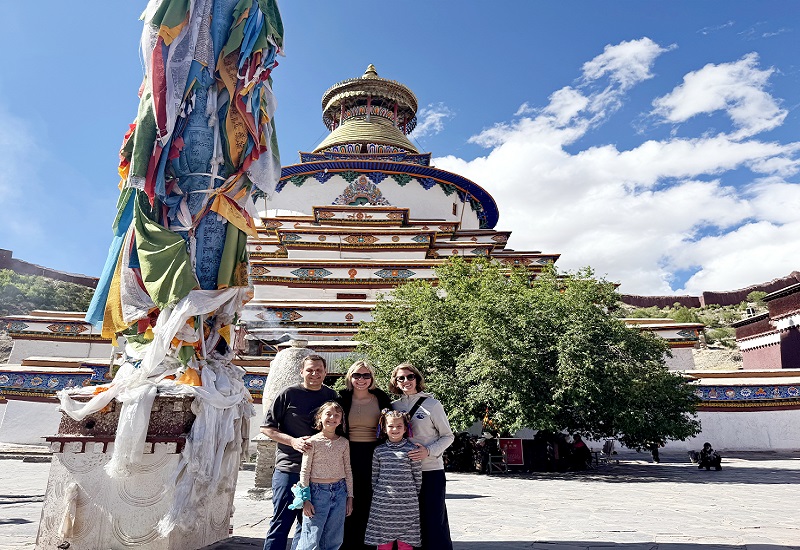
Recommended tourist routes
8-Day Classic Tibet Tour: Lhasa, Everest, Namtso & More
What If Elderly Parents Want to Visit Tibet? Plan Smartly
If your parents are over 65 but in good health and genuinely wish to visit, it’s possible—with careful planning and medical clearance.
1.Recommended gentle itineraries:
Lhasa + Nyingchi (lower elevation, milder climate, known as “the Jiangnan of Tibet”)
Avoid high-altitude destinations like Everest Base Camp or Ngari (Ali) region.
2.Transportation tips:
Fly in and out to reduce fatigue.
Join a comfortable guided group tour or rent a private car with a driver.
Choose quality hotels with good facilities to ensure restful sleep.
3.Travel pace:
Limit daily travel to under 6 hours.
Include breaks and naps in your schedule.
Avoid staying too long in high-altitude zones.
Checklist: What to Prepare Before Traveling to Tibet
Regardless of age, all travelers should prepare the following:
| Item | Purpose |
| Rhodiola supplements | Begin taking 7 days before travel to reduce altitude sickness |
| Portable oxygen canisters | Highly recommended for seniors, children, and first-time visitors |
| Warm clothing | Huge temperature swings between day and night—bring a down jacket or shell even in summer |
| Sun protection | Strong UV rays—bring sunscreen, sunglasses, and a hat |
| Basic medicine | Cold meds, stomach meds, fever reducers, band-aids, etc. |
| Insurance | Choose plans that specifically cover high-altitude travel |
Every Trip to Tibet Is a Physical and Mental Test
Tibet is a sacred and awe-inspiring destination—but its high-altitude environment is challenging. Age alone shouldn’t stop you from pursuing your dream, but safety must always come first.
If you or your loved ones fall into higher-risk age groups, be sure to:
- Get a thorough medical assessment
- Choose routes and paces wisely
- Avoid overly ambitious or “bucket list” style itineraries
- Travel with a calm, flexible mindset
May everyone who loves Tibet enter the plateau at the right time, in the right condition—so that the pure snow peaks and spiritual atmosphere leave only the best memories in your heart.





